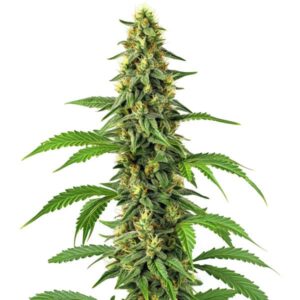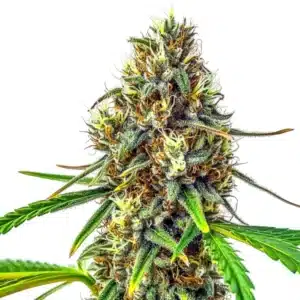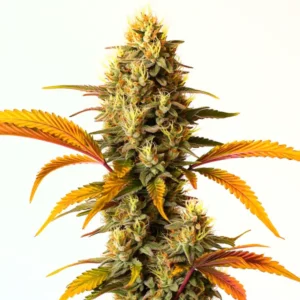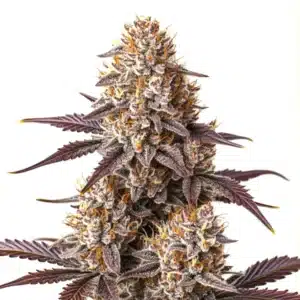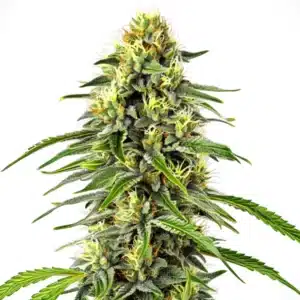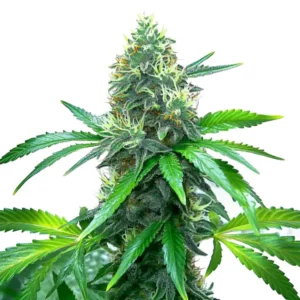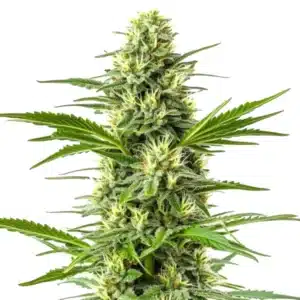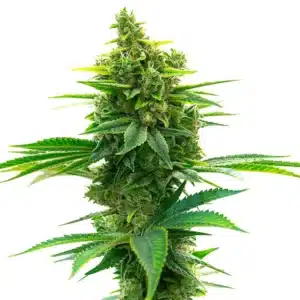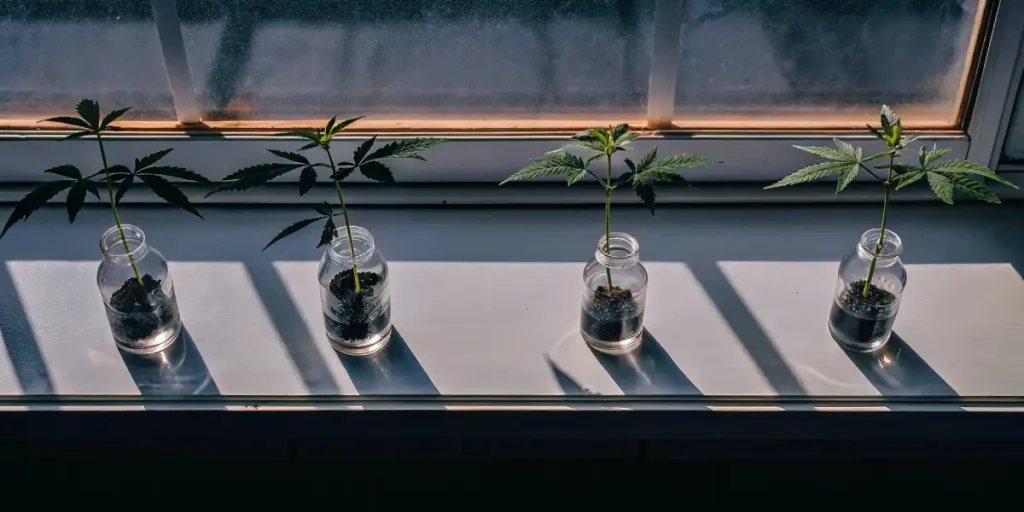
The Purest Method: How to Perfectly Root Cannabis Clones in Water
Let’s talk about one of the most satisfying acts in cultivation: creating an exact genetic copy of your favorite plant. You found a winner the perfect smell, the perfect effect, the perfect growth. Cloning is how you capture that lightning in a bottle again and again. And the simplest, most fundamental way to do it? In a humble container of water.
Yes, you can absolutely root cannabis clones in water. It’s a fantastic method. But to succeed, you need to forget some of the vague advice you’ve read and focus on a few non-negotiable rules.
Recommended Strains
24k Gold
|
|
THC | 19% - 22% (Medium) |
|
|
Type | Feminized |
|
|
Yield | High |
|
|
Phenotype | 60% Indica / 40% Sativa |
24K Gold Regular
|
|
THC | 19% - 22% (Medium) |
|
|
Type | Regular |
|
|
Yield | Medium |
|
|
Phenotype | 60% Indica / 40% Sativa |
The “Why” Before the “How”
First, a bit of strategy. Why are we cloning? To replicate success. So, the number one rule is to only take cuttings from a healthy, proven mother plant in its vegetative stage. You already know she’s a winner. Now you’re just making copies. Don’t waste your time cloning a plant you’re not sure about.
Promos & Deals
The Rules of the Water: Get This Right or Go Home
This is where success or failure is decided. The environment in that water is everything.
Rule #1: Roots Hate Light. Forget using a clear glass jar where you can see the stem. Light hitting a developing root system stresses it out and encourages algae to grow in the water, which will compete with your clone and ruin the environment. You need an opaque container a painted jar, a ceramic mug, anything that blocks light completely.
Rule #2: The pH Sweet Spot. This is critical. For rooting in water, you don’t want neutral water. You want it slightly acidic, with a target pH of 5.5. This acidity helps prevent nasty bacteria from growing and creates the perfect conditions for roots to emerge.
Rule #3: Keep it Cool and Fresh. Your cuttings are not taking a warm bath. They need cool water to thrive, ideally between 12-17°C (54-63°F). And you absolutely MUST change the water every two to three days. Stagnant, old water has no dissolved oxygen. Your roots need oxygen to breathe. Fresh water means fresh oxygen.
The Mortal Enemy of All Cuttings
Whether in soil or water, a fresh cutting has one mortal enemy: wind. A rootless cutting is incredibly vulnerable to dehydration. A steady breeze from a fan or an open window can suck it dry and kill it in shockingly little time. Keep your new cuttings in a calm, still place until they have roots to drink with.
When you follow these precise rules, you can easily Cultivate beautiful clones from vigorous strains like Gelato, Blue Dream, or OG Kush. You’re not just hoping for the best; you’re creating the perfect Homegrown nursery. It’s a Sustainable way to Nurture new life with minimal equipment.
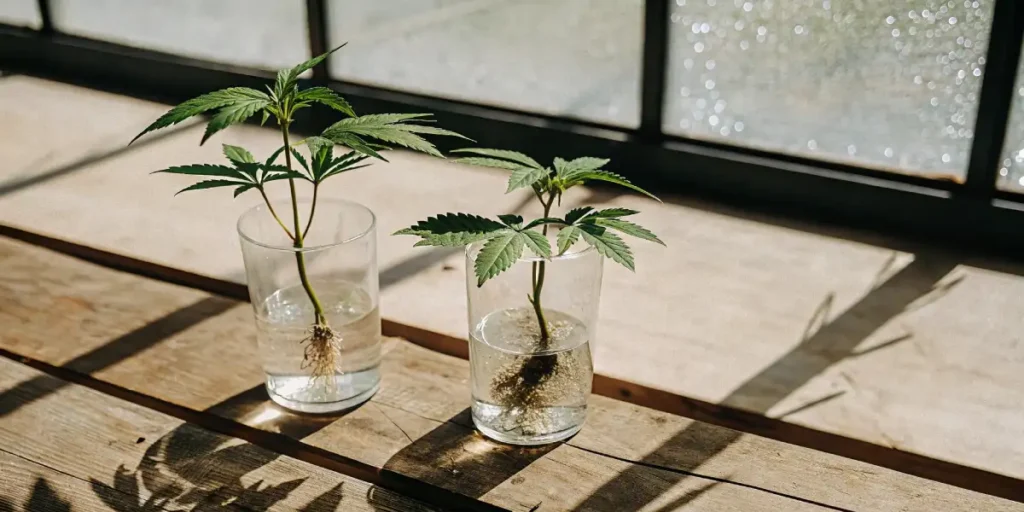
Frequently Asked Questions
What is the best pH and temperature for rooting clones in water?
This is the most critical part. Aim for a water pH of 5.5. The slight acidity helps prevent bacterial growth and encourages rooting. Keep the water temperature cool, between 12-17°C (54-63°F). Warm water loses oxygen and is a breeding ground for rot.
Why are my clones getting slimy and dying in the water?
This is almost always a combination of three things: the water is too warm, you’re not changing it often enough, or you’re using a clear container. The slime is bacteria and algae. To prevent it, use an opaque container to block light, keep the water cool, and replace it with fresh, pH-balanced water every 2-3 days to replenish the oxygen.
How long does it take to see roots in water?
If you’ve created the right conditions (dark container, cool temps, fresh water), you can expect to see the first little white roots emerging from the stem in about 1 to 2 weeks. Some vigorous strains might be faster, while others could take up to 3 weeks. Patience is key.
Why is it so important to clone a plant I already know is good?
Because cloning creates an exact genetic copy. It’s a waste of time and energy to clone a plant that was just “okay.” The whole point is to identify your absolute best plant—the one with the best growth, smell, and effects and replicate that success perfectly, ensuring every plant in your next cycle is a winner.


